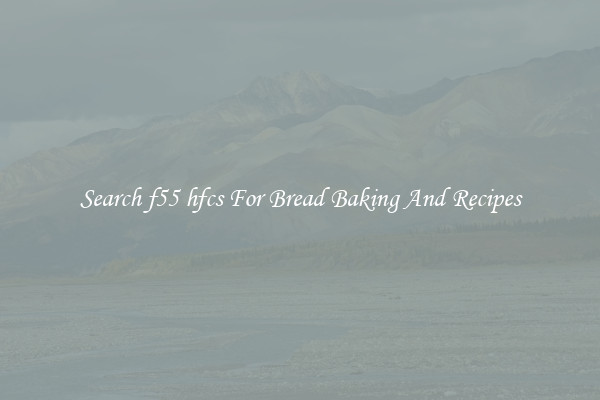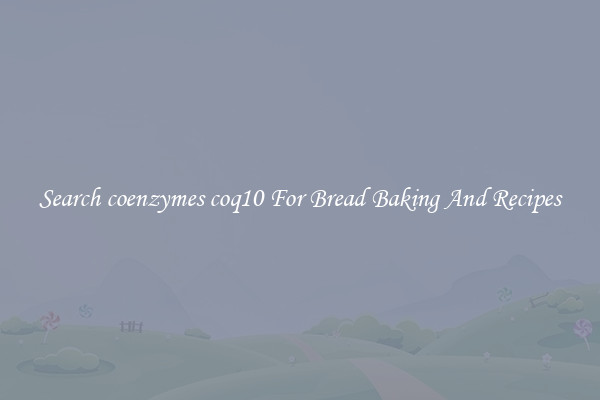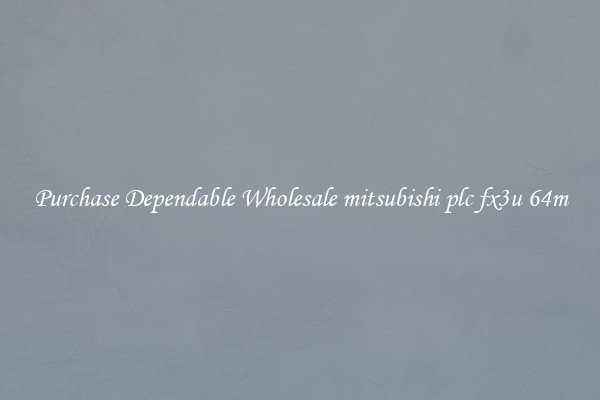Quality best flour for bread For Multiple Use
Quality Best Flour for Bread for Multiple Use
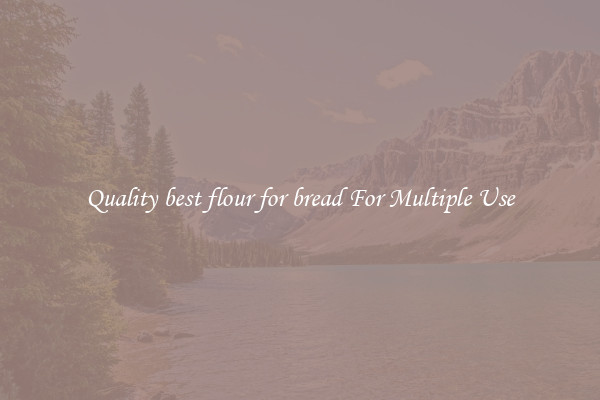
When it comes to baking bread, the choice of flour plays a crucial role in determining the texture, taste, and overall quality of your loaves. While there are various types of flour available in the market, not all of them are suitable for baking bread. In this article, we will explore some of the best flour options for breadmaking that can be used for multiple purposes.
1. All-Purpose Flour: As the name suggests, all-purpose flour is versatile and can be used for various baking purposes, including breadmaking. It is a combination of hard wheat and soft wheat, making it suitable for a wide range of recipes. All-purpose flour provides a good balance between gluten strength and tenderness, resulting in a tender, moist, and flavorful bread. However, it's important to note that all-purpose flour might not be the best choice for artisan-style bread with a rustic crust.
2. Bread Flour: Bread flour is specifically milled for baking bread and has high protein content, ranging from 12% to 14%. The higher protein content helps in creating more gluten, which gives the bread structure and a chewy texture. Bread flour is ideal for yeast bread and sourdough recipes. It is also often used in combination with other flours to give the bread more structure and elasticity.
3. Whole Wheat Flour: For those looking for a healthier option, whole wheat flour is a great choice. It is made by grinding the entire wheat kernel, which retains the bran and germ. This means that whole wheat flour is higher in fiber, vitamins, and minerals compared to refined flours. However, whole wheat flour has a higher protein content and absorbs more liquid, which can result in a denser and heavier loaf. To counteract this, it is recommended to mix whole wheat flour with bread flour or all-purpose flour for a lighter texture.
4. Rye Flour: Rye flour is commonly used in combination with other flours to add depth of flavor and a softer texture to bread. It has a lower gluten content compared to wheat flour, making it ideal for those who are sensitive to gluten. Rye flour can be used in both light and dark rye bread recipes, creating a bread with a distinct taste and denser crumb.
5. Spelt Flour: Spelt flour is an ancient grain that has gained popularity in recent years due to its nutritional value and nutty flavor. It has a lower gluten content compared to wheat flour, but still provides enough structure for a well-risen loaf. Spelt flour can be used on its own or in combination with other flours for a unique flavor profile.
In conclusion, when choosing flour for breadmaking, it is important to consider factors such as protein content, gluten strength, and desired flavor profile. All-purpose flour, bread flour, whole wheat flour, rye flour, and spelt flour are all excellent options that can be used for multiple baking purposes. Experimenting with different flours can lead to delicious and flavorful homemade bread that will impress even the most discerning palate. So, get ready to knead, rise, and bake your way to a delightful loaf of bread using one of these quality flour options.

View details

View details

View details
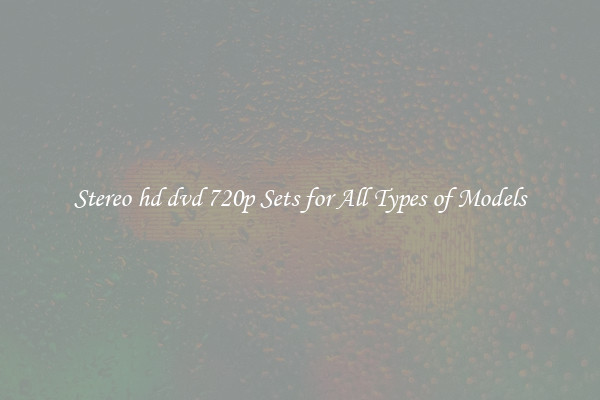
View details


